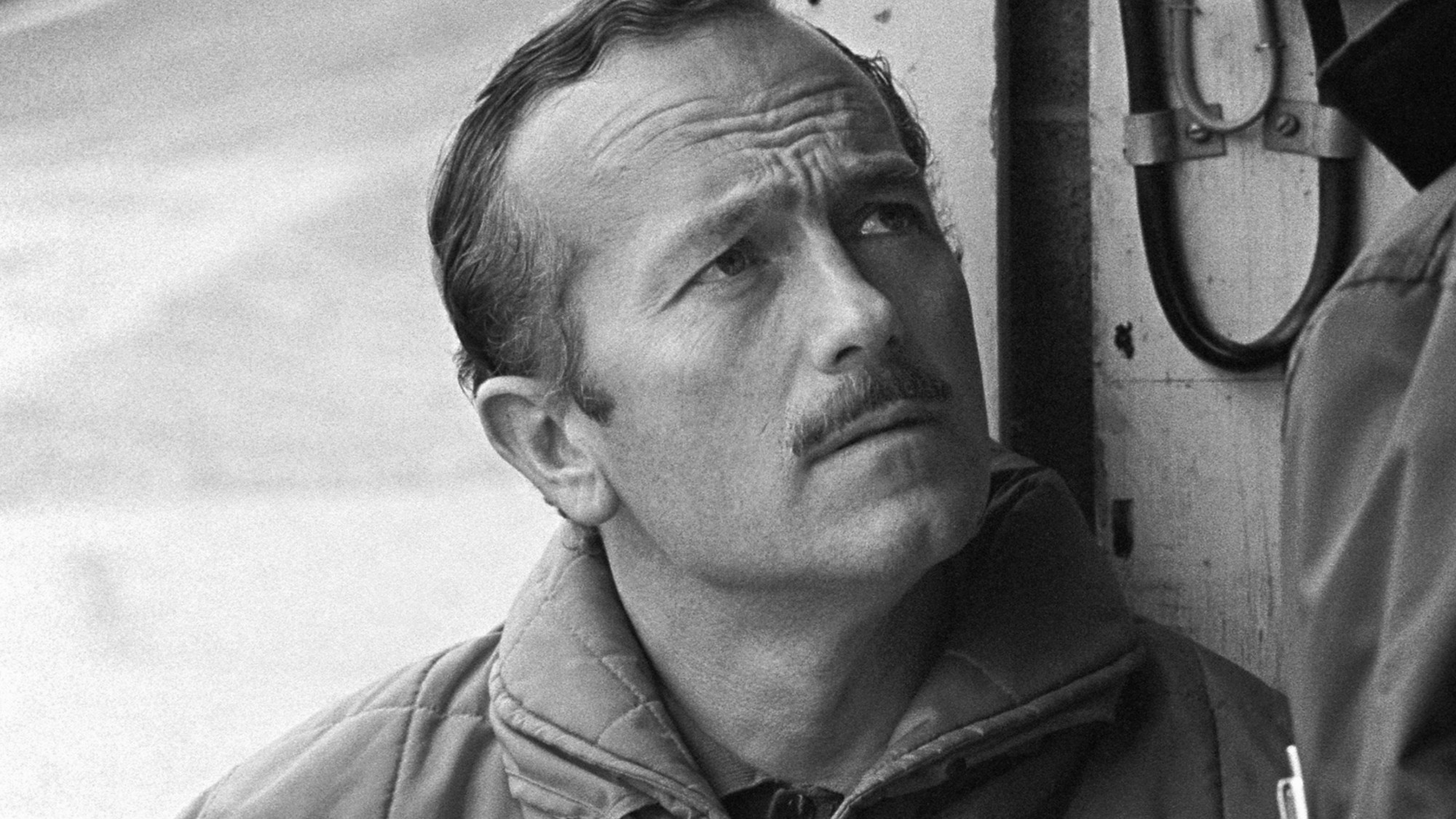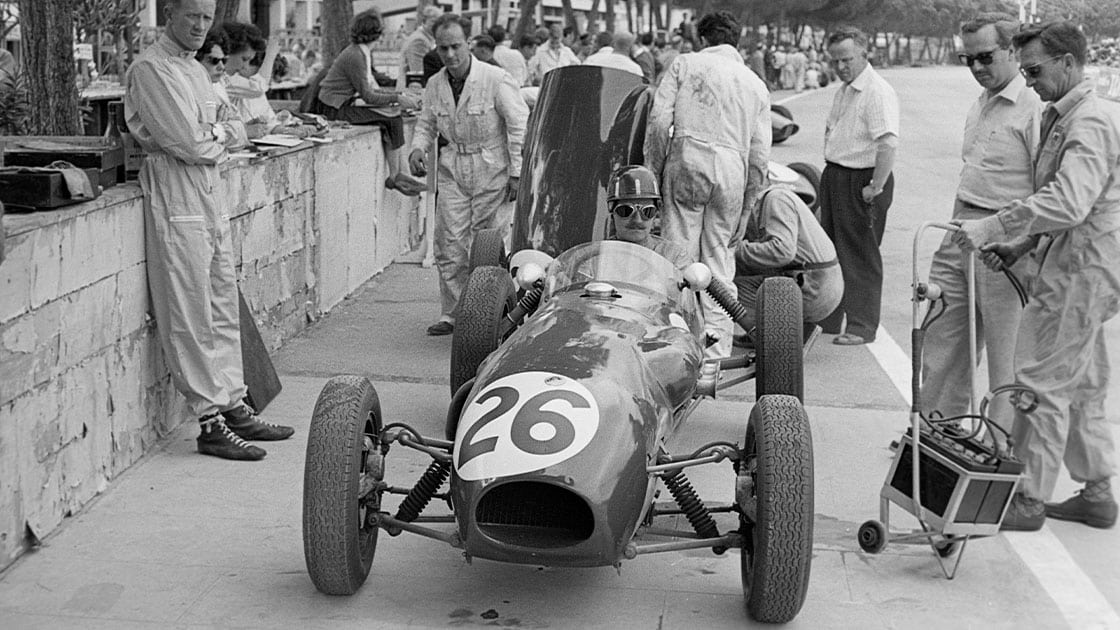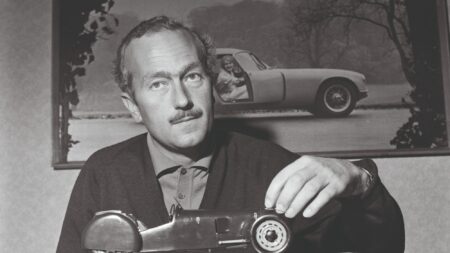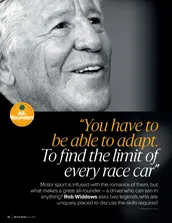The new 1.5-litre formula of 1961 brought two more victories for the Walker 18, the product of pure Moss virtuosity in a season dominated by Ferrari. “I didn’t think I stood a chance at Monaco,” he remembers, “and even quite a long way into the race I still thought the Ferraris were just playing with me.” In his inspired efforts to pass and pull clear of Richie Ginther’s Ferrari he lapped almost 3sec faster than his pole position time. Aided by some soft compound green spot Dunlops he was similarly stunning when winning at the Nürburgring.
In the final race of that year, in the absence of the Ferraris, Innes Ireland gave the works team its first victory and his one and only championship Grand Prix win. It was achieved in the 21, a more aerodynamic development of the 18 with a canted engine and inboard suspension. It was just reward after four years of toil by the Lotus mechanics, as former spanner chief Jim Endruweit recalls: “It wasn’t a terribly happy outfit in the early days. We reckoned we put in more hours than any other team. The norm was to work all through the night before going to a meeting, drive the truck across there, go straight into practice and if you were lucky, get to bed as early as 2am. When nothing good comes out of it you get despondent. But when you start winning, it’s ‘wow’, a total transformation.”
Warr recalls: ‘The whole Lotus philosophy, and it ran throughout the team, was that nothing was too difficult to achieve. If you worked in close proximity to Chapman you could not fail to get caught up in that.”

The greatest victory of his life? Moss himself said so, at least in F1. At Monaco ’61 in the Rob Walker Lotus 18
Despite his win, Chapman sacked Ireland weeks later, before the 1962 season kicked off, leaving the young Jim Clark as team leader. Clark had made his F1 debut in 1960, just six months after first stepping into his first single-seater. By ’61 he was making Moss nervous and had formed a symbiotic working relationship with Chapman. With what the boss had stuffed up his sleeve for 1962, motor racing’s most celebrated partnership to date was about to enter its golden era.
The beautiful, epoch-making Lotus 25 stands as one of the greatest designs of all time, bringing monocoque construction to Formula 1. The construction’s torsional stiffness allowed its suspension to work better than that of its rivals; it offered the driver far greater accident protection than the spaceframe, torsional stiffness three times greater than that of the 21 and a chassis that was half the weight.
Costin remembers: “We used to go to Waltham Cross for lunch and he outlined it to us there on a napkin.” Read recalls that Chapman’s original motivation came from his frantic search for a way of lowering the frontal area by doing away with the space-consuming tubes and “getting rid of the awful tanking arrangements of a spaceframe chassis which were not only extremely complicated but also prone to leaks.”
For the perfectionist Chapman all that remained was to tailor the car as tightly as possible to Clark’s compact dimensions, and recline him to 35 degrees to lower further the frontal area. He boasted that even the brake lines passed through a channel in the floor which ran “between Jimmy’s cheeks”. In cross section the frontal area was 0.37 square metres compared to 0.54 for the ’62 Ferrari or 0.45 for the BRM.
Although the monocoque idea wasn’t new it was common in aircraft construction – Chapman utilised it perfectly. “I don’t think he ever invented anything,” says French journalist and ardent Lotus fan Jabby Crombac. “He would take something which had been invented long before its time and, when the technology allowed it, make it work.”







